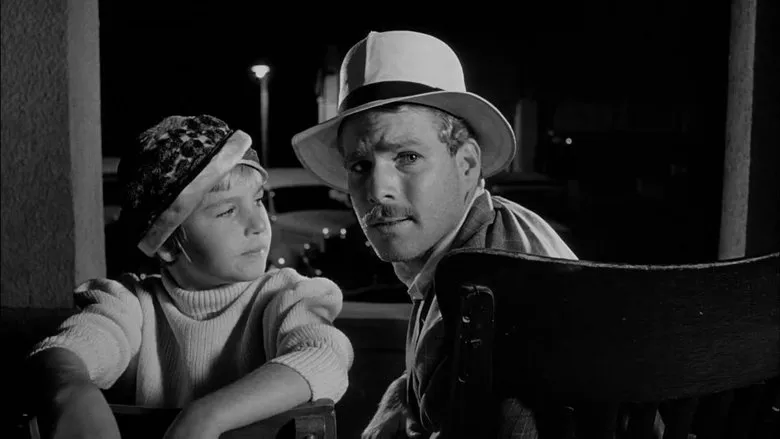A Profound Examination of Resilience: Unpacking the Oscar-Winning Film “Room”
Irish independent filmmaker Lenny Abrahamson truly distinguished himself with Room, a powerful cinematic achievement that resonated deeply during a recent Oscar season. The initial half of this film is nothing short of masterfully brilliant, crafting an enthralling and unsettling atmosphere that grips the viewer instantly. While the latter half might not maintain the exact same level of taut, nail-biting tension, the film as a whole leaves an undeniably profound and lasting impression. Witnessing protagonist Joy, her face marked by the ordeal and a facade of makeup, struggling to articulate her experience to a relentless press, it becomes overwhelmingly clear that Room has delivered a truly extraordinary and deeply moving cinematic journey.
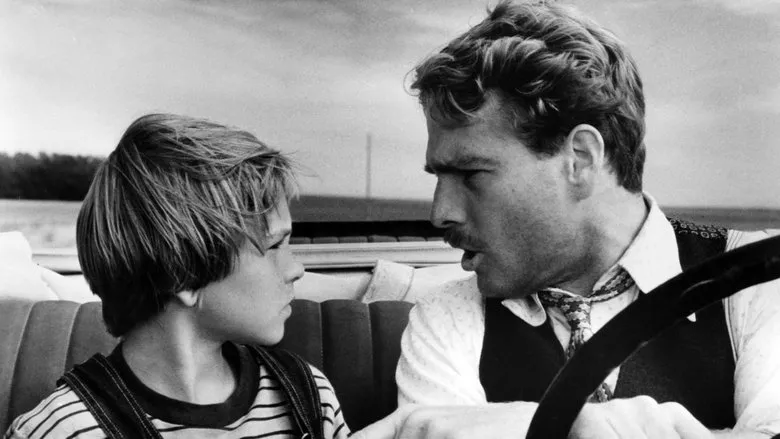
Adapted from Emma Donoghue’s acclaimed novel, Room transcends the typical narratives often seen in female-perspective films. The story commences in a painfully cramped and often dirty, single room. This is the entire world known to Jack, a remarkably bright five-year-old boy, who lives here with his mother, Joy. His childhood playground is startlingly confined: a sparse collection of objects including a closet, a sink, a bed, the unyielding walls, a tiny skylight, and a television. It’s surprisingly easy for the audience to step into young Jack’s unique reality; in this isolated universe, every object is imbued with precious personality, a familiar and trusted friend in a world devoid of others. Yet, one day, as Jack peers cautiously through the slats of the closet door, he – and by extension, we – begin to catch disquieting glimpses of the unsettling truth that underlies their existence.
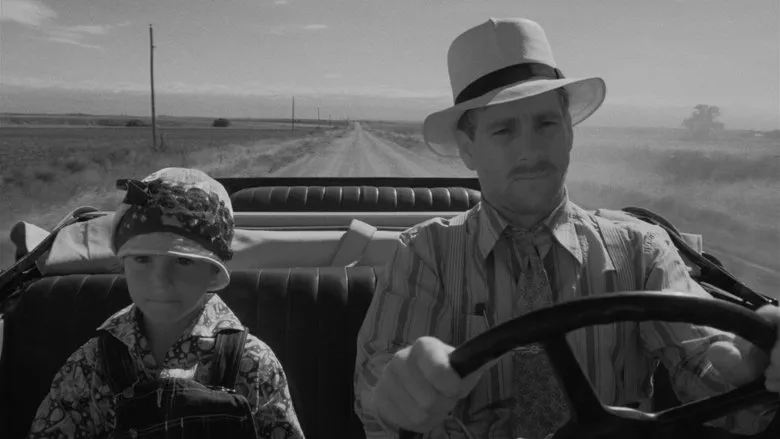
The Unveiling Within Confined Walls
Initially, the sheer claustrophobia of their setting provokes questions reminiscent of thrillers like Cube: Is this an elaborate, twisted game? As Joy, burdened by an undercurrent of unspoken anxieties, gradually reveals more about their situation, the scenario starts to echo themes found in The Truman Show, suggesting a meticulously manufactured reality. In its harrowing truth, however, Room occupies a space far more grounded and terrifying than these fictional constructs. It is the story of a mother, desperate and cunning, orchestrating an escape from a locked shed, controlled by a predatory kidnapper.
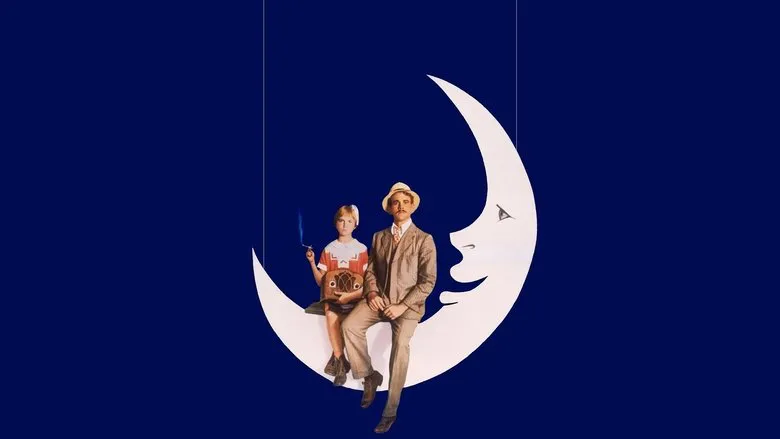
Beyond the Physical Prison: The Deeper Trauma
Room deliberately avoids sensationalizing true-crime tropes. The true horror, in this reviewer’s estimation, does not merely lie in the immediate question of whether Joy and Jack can escape their literal prison. Instead, the film masterfully shifts focus to the profound and agonizing challenge of how young Jack will possibly navigate the vast, overwhelming tapestry of society once his entire perception of “Room” is shattered.
More tragically perhaps than Truman, who, though manipulated, was at least placed into a convincingly fabricated “healthy world,” Jack functions like a bewildered kitten whose eyes have been painfully glued shut, suddenly thrust into an abyss of cognitive challenge. The moment the “dead” Jack—a metaphorical reawakening—finally witnesses the boundless blue sky from the confines of the criminal’s moving truck is iconic. Some have hailed it as one of the most breathtaking shots of the year, yet it is simultaneously one of the most brutal and heart-wrenching. The intricate “world” he had meticulously constructed over five formative years is instantly annihilated, and the crushing truth of his identity as the “criminal’s son” is exposed to him in the starkest of realities.
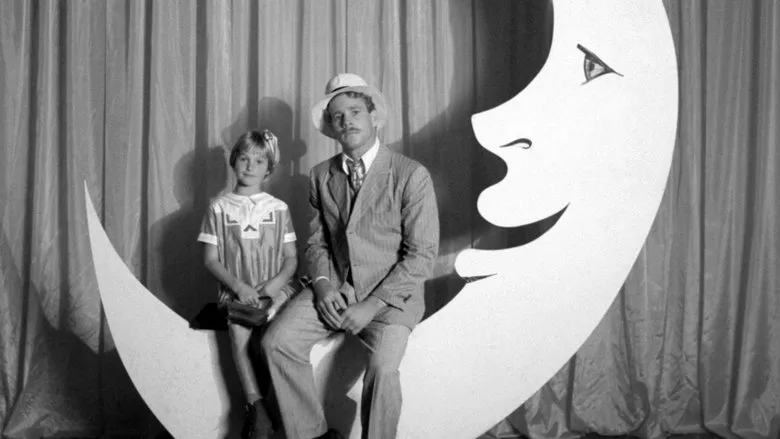
This is emphatically not a heartwarming tale about the inherent beauty of the world or a simple discourse on freedom. For both mother and son, their hard-won liberation marks not an end, but the harrowing beginning of a new, equally complex chapter in the ongoing tragedy that unfurled seven years prior with Joy’s abduction, imprisonment, and sexual enslavement.
The Scars of Freedom: Navigating Reintegration and Judgment
The film’s second half diligently delves into the arduous and often torturous healing process for both mother and son. Just as Jack finds himself profoundly uncomfortable with the ordinary toys and interactions other children enjoy, Joy, stripped bare of her internal defenses, discovers a painful estrangement from her own parents and stepfather. This pervasive spiritual isolation, while authentic to their trauma, does sometimes threaten to decelerate the film’s otherwise compelling pace. However, Abrahamson, with remarkable directorial confidence, shatters this potential deadlock with a truly pivotal and indelible scene. This moment single-handedly solidified Brie Larson’s well-deserved Oscar win: Joy appears, visibly uneasy and fragile, before a barrage of cameras. Behind the manufactured veneer of a “heroine,” a reporter’s venomous question cuts through the superficiality: “Did you ever consider giving the child away at birth so he could have a childhood?” Joy’s utter, devastating breakdown in that moment is a raw, unforgettable testament to her agony.
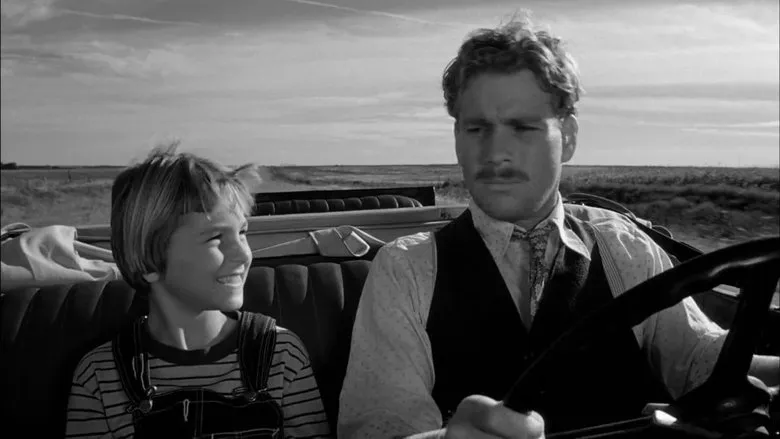
The Cruelest Cage: Societal Judgment
This single, piercing question elevates Room from a powerful character study back to the heights of profound societal critique. It forces us to confront the chilling paradox where the most admirable selflessness can be twisted into the most undeniable selfishness. The purest, most heartfelt maternal love is somehow deemed to pale in comparison to what’s ignorantly labeled the “ultimate sacrifice.” Compared to the physical confines of the room, the world outside reveals itself as a far more maddening and hateful cage, effortlessly allowing distortions, sophistry, and cruel judgments to prevail, justified to a point that becomes unbearable. This climactic moment delivers Room’s most potent and unforgettable punch.
Finally, if Tatum O’Neal rightfully earned an Oscar for her unforgettable performance in Paper Moon at the tender age of 10, then Jacob Tremblay, who delivers an astonishing portrayal of Jack in Room, undeniably warranted the Oscar for Best Supporting Actor. Tremblay’s unfortunate loss remains a glaring flaw and another regrettable instance in what some have controversially termed the “all-white” Oscars of that year.
